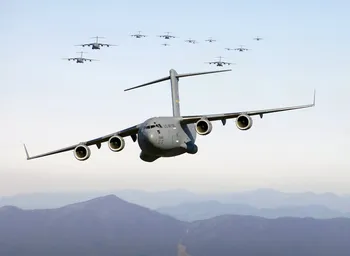The outcome should contribute to:
- Increase knowledge on technology and requirements and accelerate the development of life-saving technologies by capitalising on the unmanned vehicle development and develop complimentary defence medicine related autonomous functionalities.
- Proof-of-concept demonstrations highlighting the possibilities and potential limitations with autonomous vehicles for casualty transportation and triage.
- Create an R&D technology development roadmap for RAS CASEVAC platforms.
- Improve accuracy and speed in locating and evaluating casualties.
- Reduce risk exposure for combat medics and medical personnel.
- Human-machine teaming technology development.
- Dismounted soldier system development.
- Ethically acceptable decision algorithms.
General objective
Large Scale Combat Operations (LSCO) between peer adversaries can result in mass casualty scenarios where the need for casualty care and evacuation dramatically outstrips available medical resources. Unmanned air, ground and sea vehicles could significantly improve evacuation capacity and enable rapid automated or fully autonomous battlefield triage, also under Chemical, Biological, Radiological and Nuclear (CBRN) conditions and in high intensity fighting areas, resulting in faster and more efficient care, increasing life and limb saving opportunities in the early stages of the evacuation chain. This call topic therefore addresses the urgent need to develop and validate innovative Robotic and Autonomous System (RAS), i.e., autonomous and robotic-assisted capabilities that address the specific challenges of military battlefield triage and evacuation
...




